
In 2007, after only one year of working as a freelance photographer in Toronto, Philip Cheung was asked to shoot for a newspaper in Abu Dhabi, a move that eventually led him to spend a total of five years professionally photographing the Middle East.
“It was a very spontaneous move,” Cheung told TIME. He arrived knowing very little about the region — when he was still in Canada, he was able to find very little concrete information about the country. But once he arrived, he began relentlessly observing and researching the lives he found around him. This diligence aided him as he crafted a series of photographs that embody much of the United Arab Emirates’ fast-changing landscapes.
It’s not hard to notice the rate at which the UAE is developing and adapting as a country. “In 2008 and 2009, I spent some time taking pictures in Mussafah, an industrial town and a suburb of Abu Dhabi. It was known for its labor camps, home to many of the country’s labor force. A year later, when I returned to Mussafah, once a small, bustling city within a city, full of shacks, low-end restaurants, convenience stores and makeshift markets — it had completely disappeared. The camp had been demolished and the laborers were moved to better housing,” he says.
Oil-driven development has propelled cities and suburbs through drastic change. Foreigners now make up 85% of the population, people come and go, and with them come radical cultural shifts. Cheung’s approach is interesting and unusual, focusing on rather anonymous objects in sparse environments. Ultimately, his photographs show the strange and beautiful result of two very different cultures — the local Bedouin culture and the international business-oriented culture — as they try to co-exist in one space.
Cheung explains that the absence of men, women and cultural reference points was deliberate, so that he may push the boundaries of the kinds of photos he wanted to make, and take a closer look at the environment and its awkward subtleties. “My focus for the project is space — as a holding environment for human interaction or the remnants of it. People, especially the expatriates, are present in many of the images indirectly as the foreign influence on this evolving space.”
Today, when one searches for ‘Abu Dhabi’ online, there are pages and pages of links detailing countless tourist attractions and activities. Cheung’s series of photographs are an interesting documentation of this change, but also act as a personal reminder of Cheung’s experience there. “Taking these photos was like writing in a journal,” he says. Now, back in Toronto and starting to re-build a home for himself, he looks back on his five year journey.
“Just like all those people coming in and out of the city, it felt like my time to go through the revolving door and head home.”
Philip Cheung is a photographer currently based in Toronto. He has recently returned to Canada after five years in the Middle East where he worked on commissioned and self-initiated projects.
Sophie Butcher is a writer and photographer based in New York.
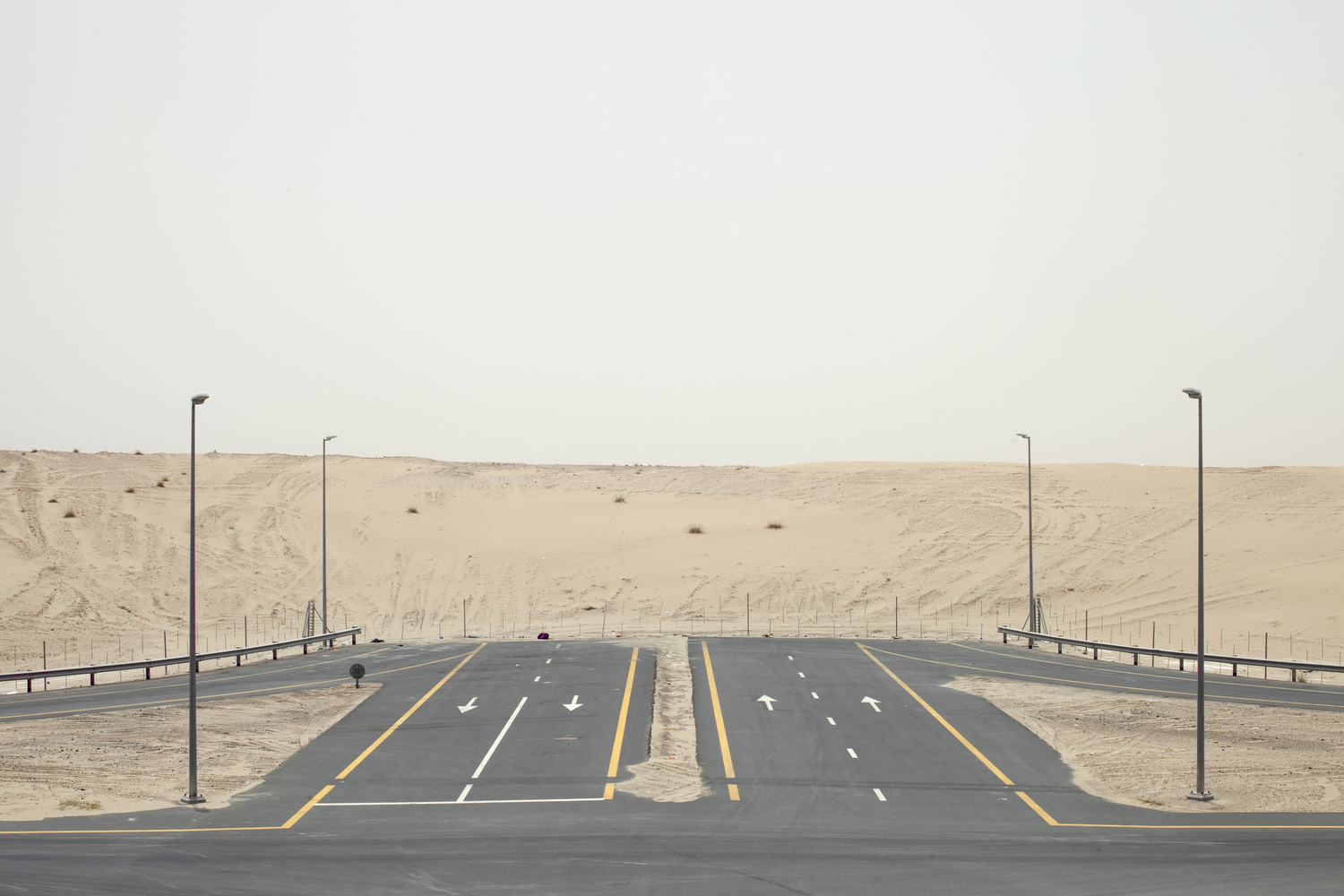

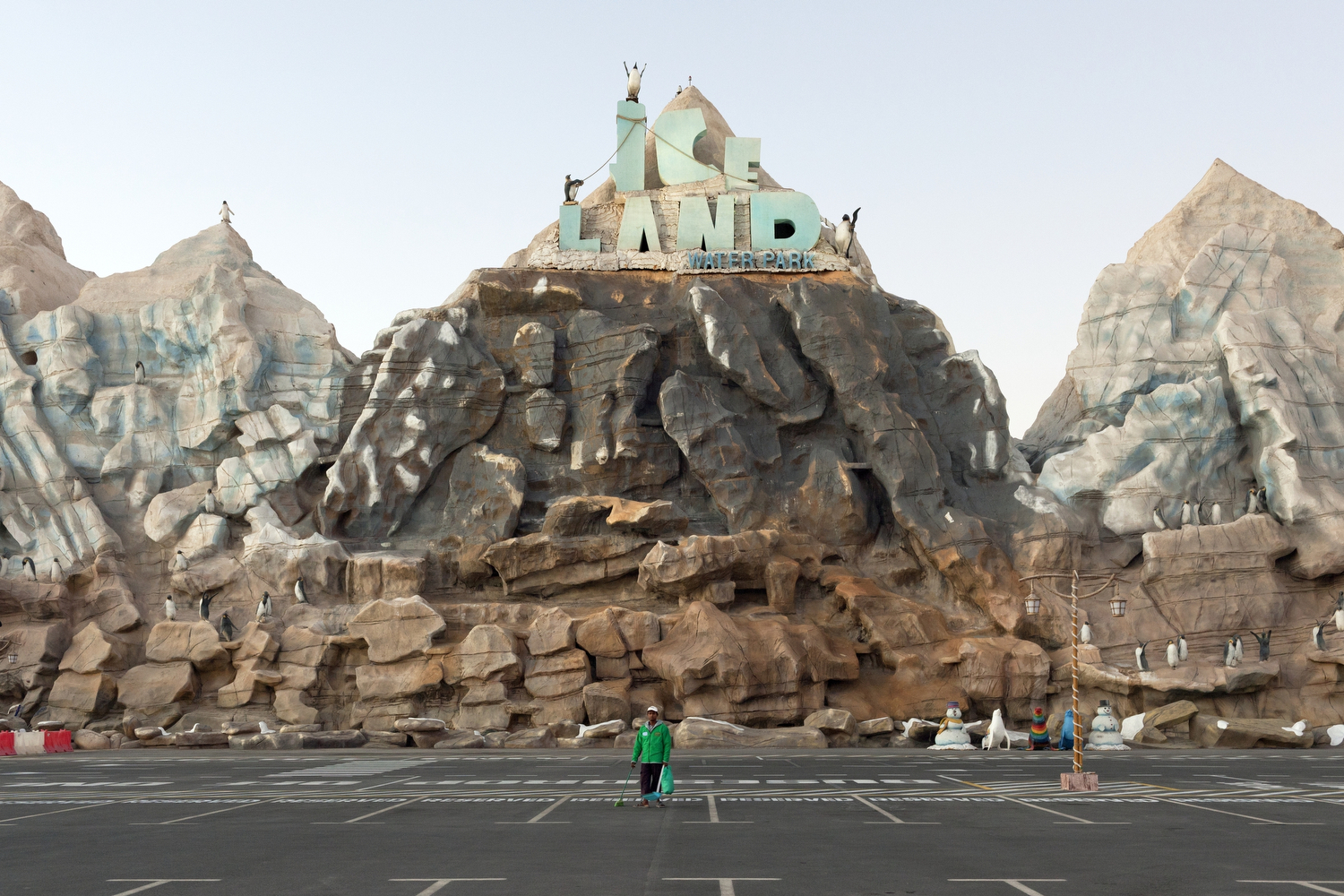
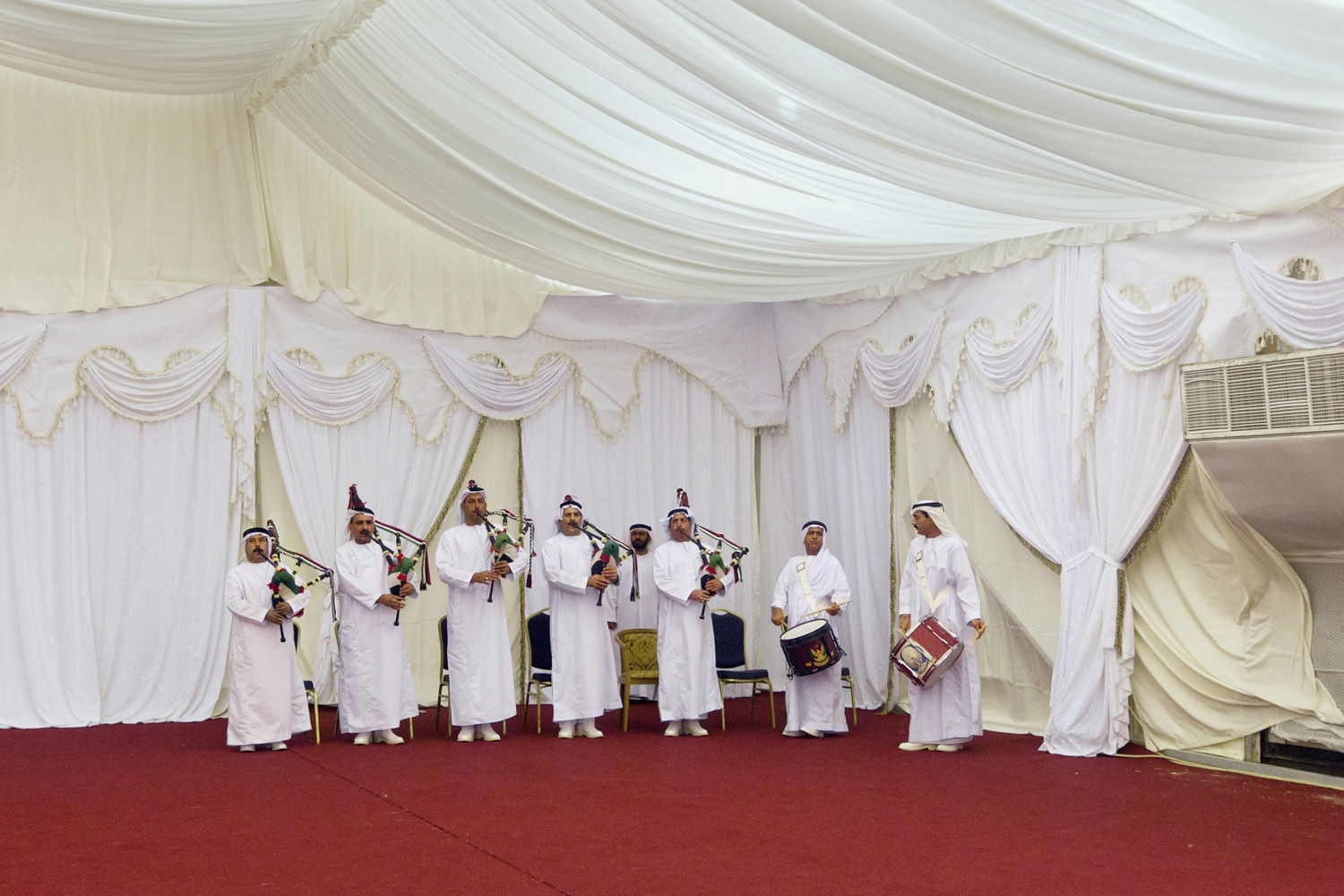
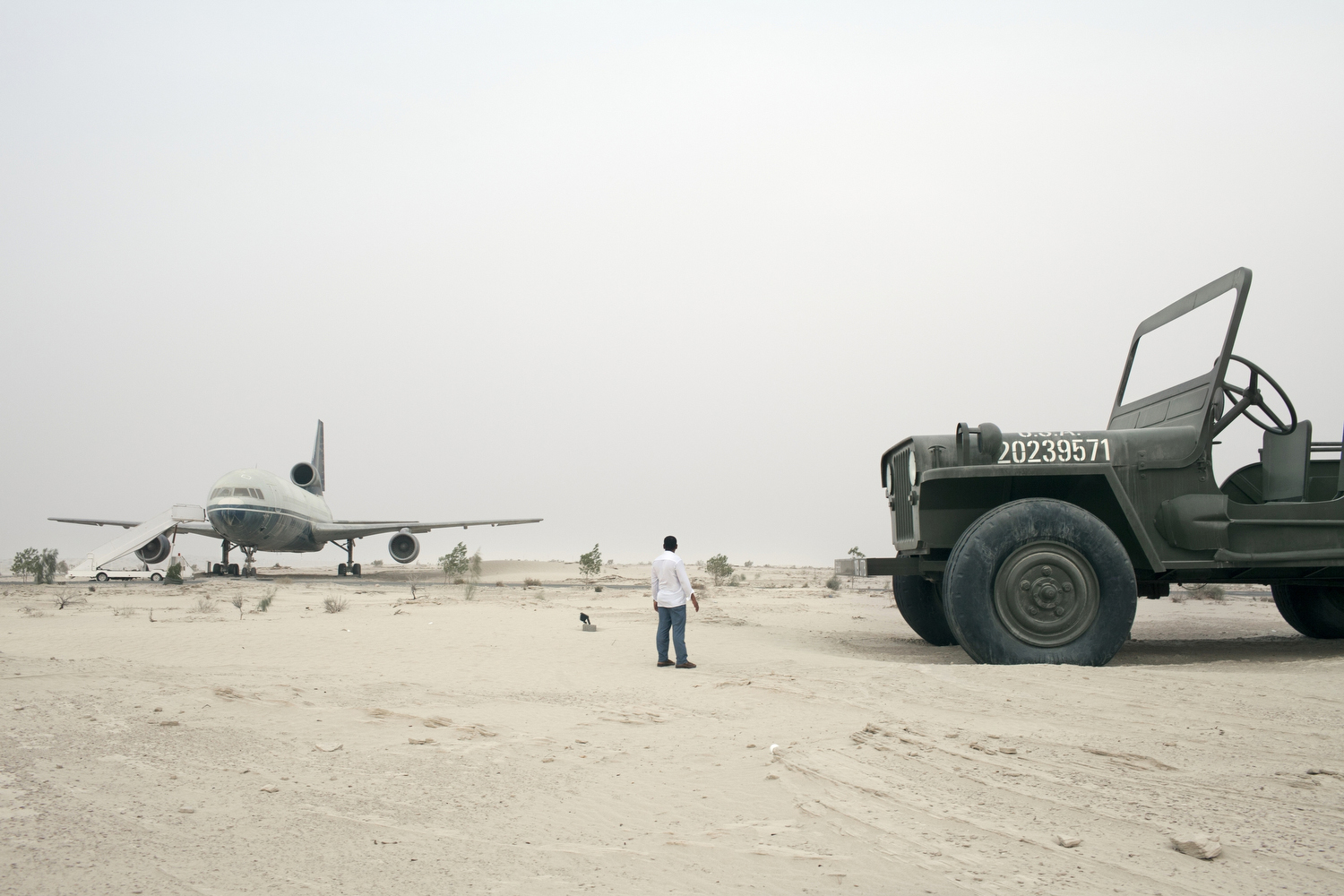
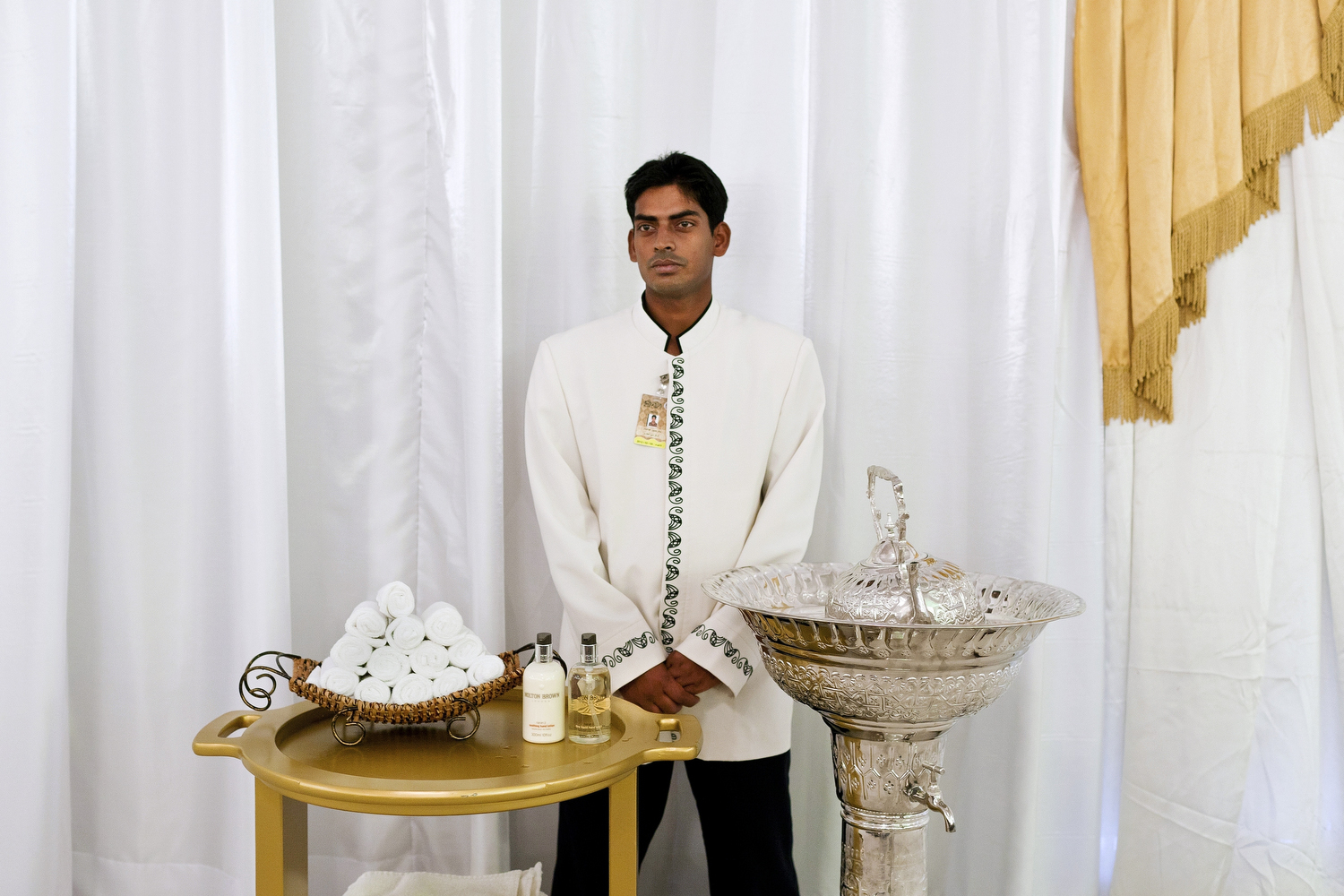


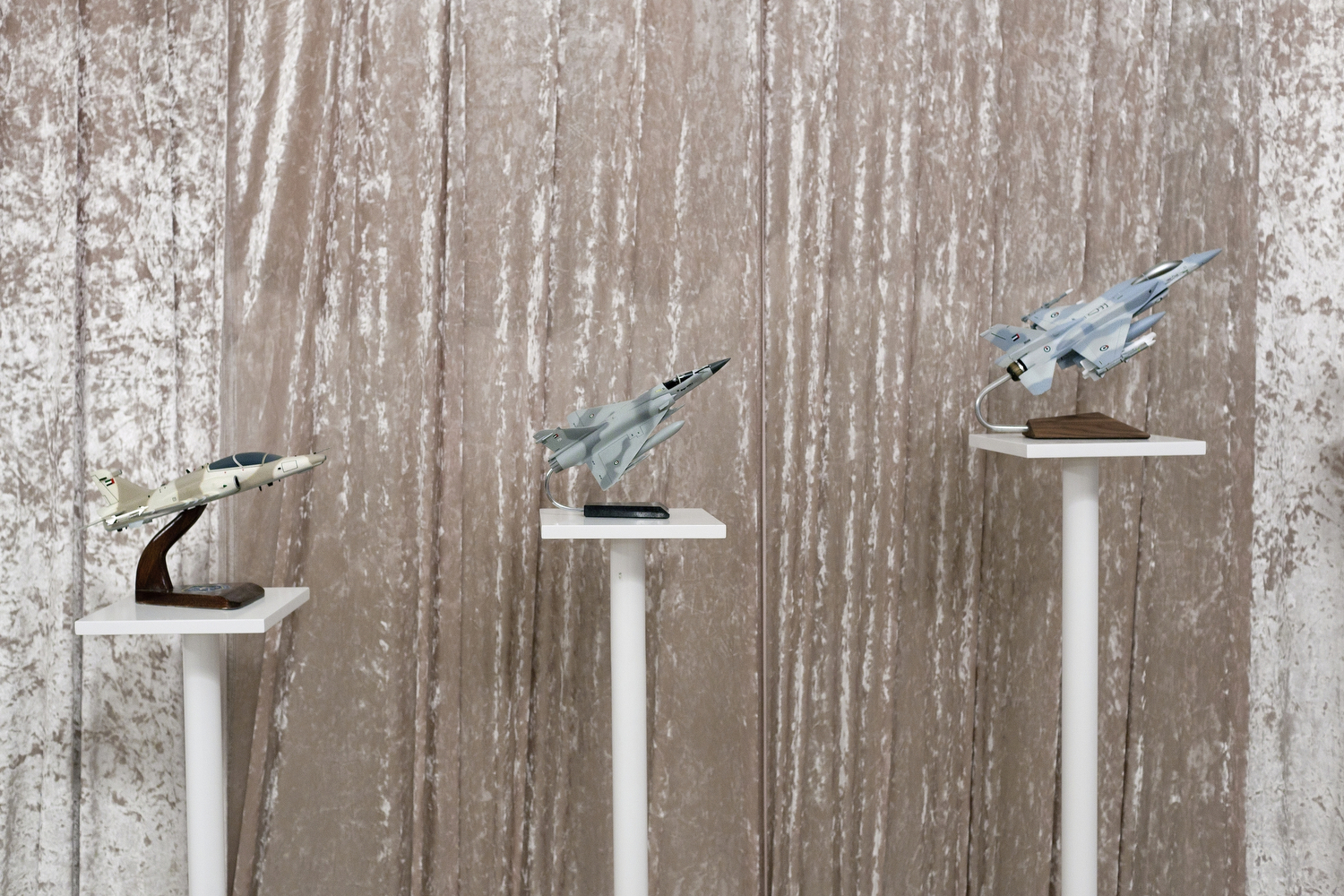


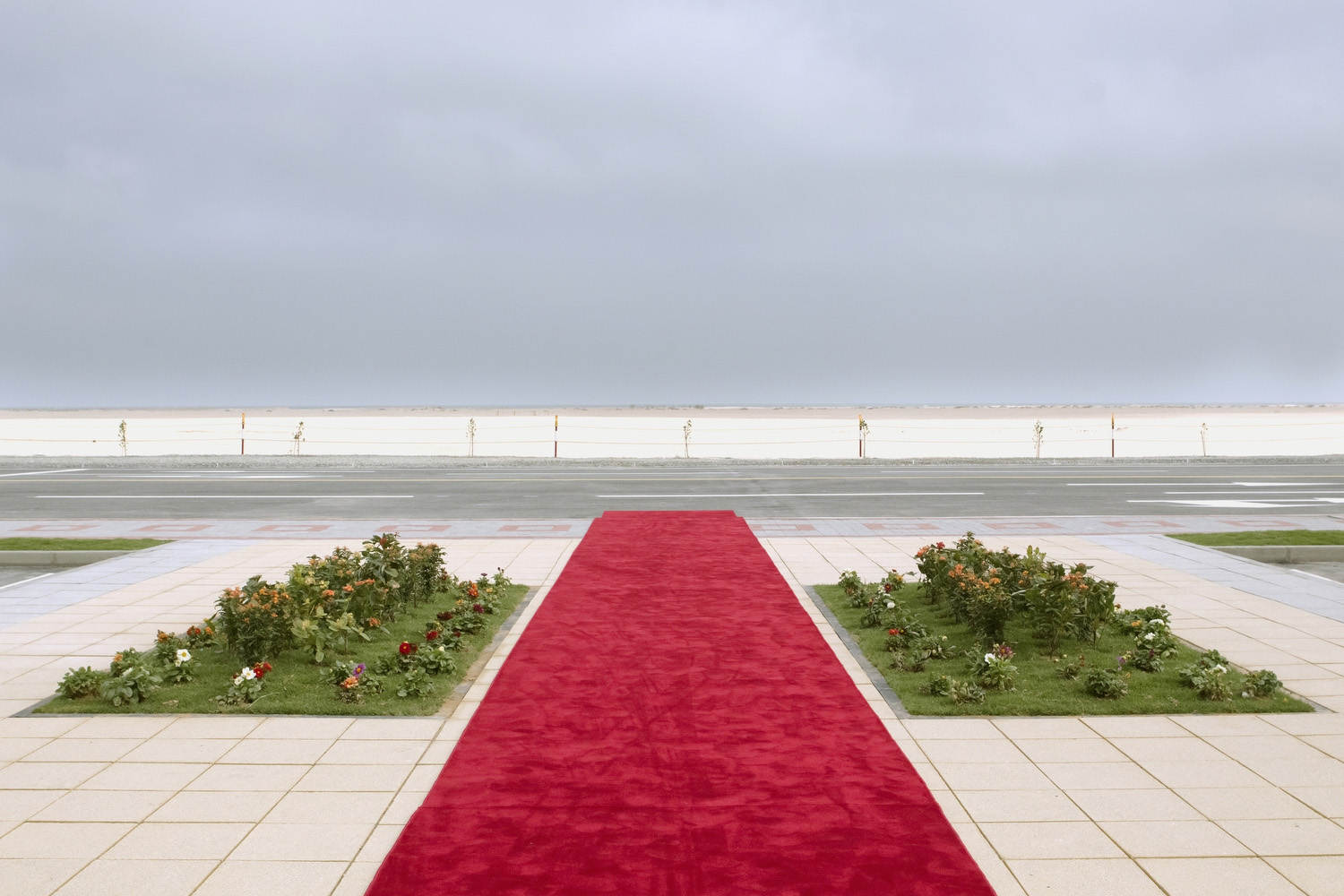
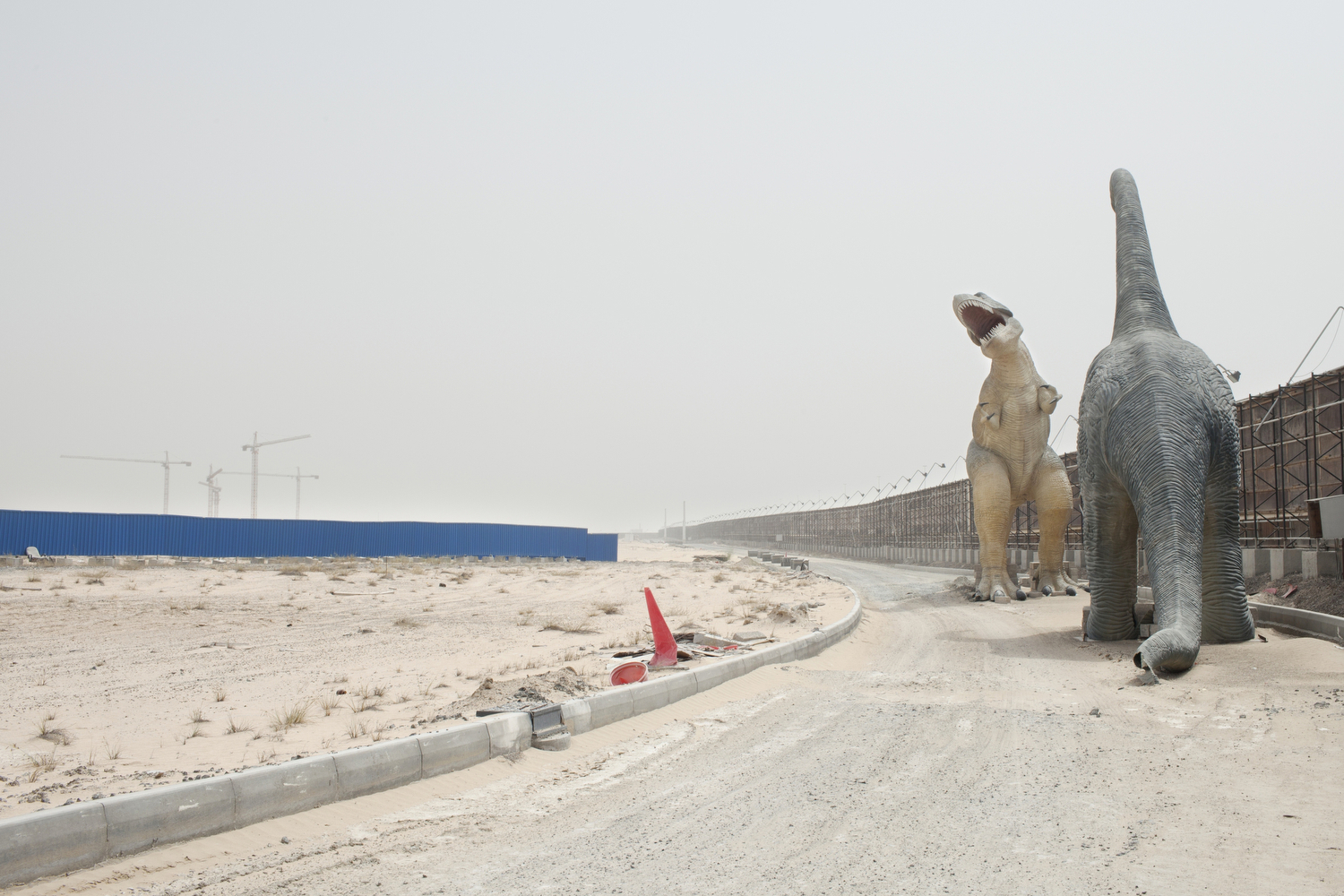

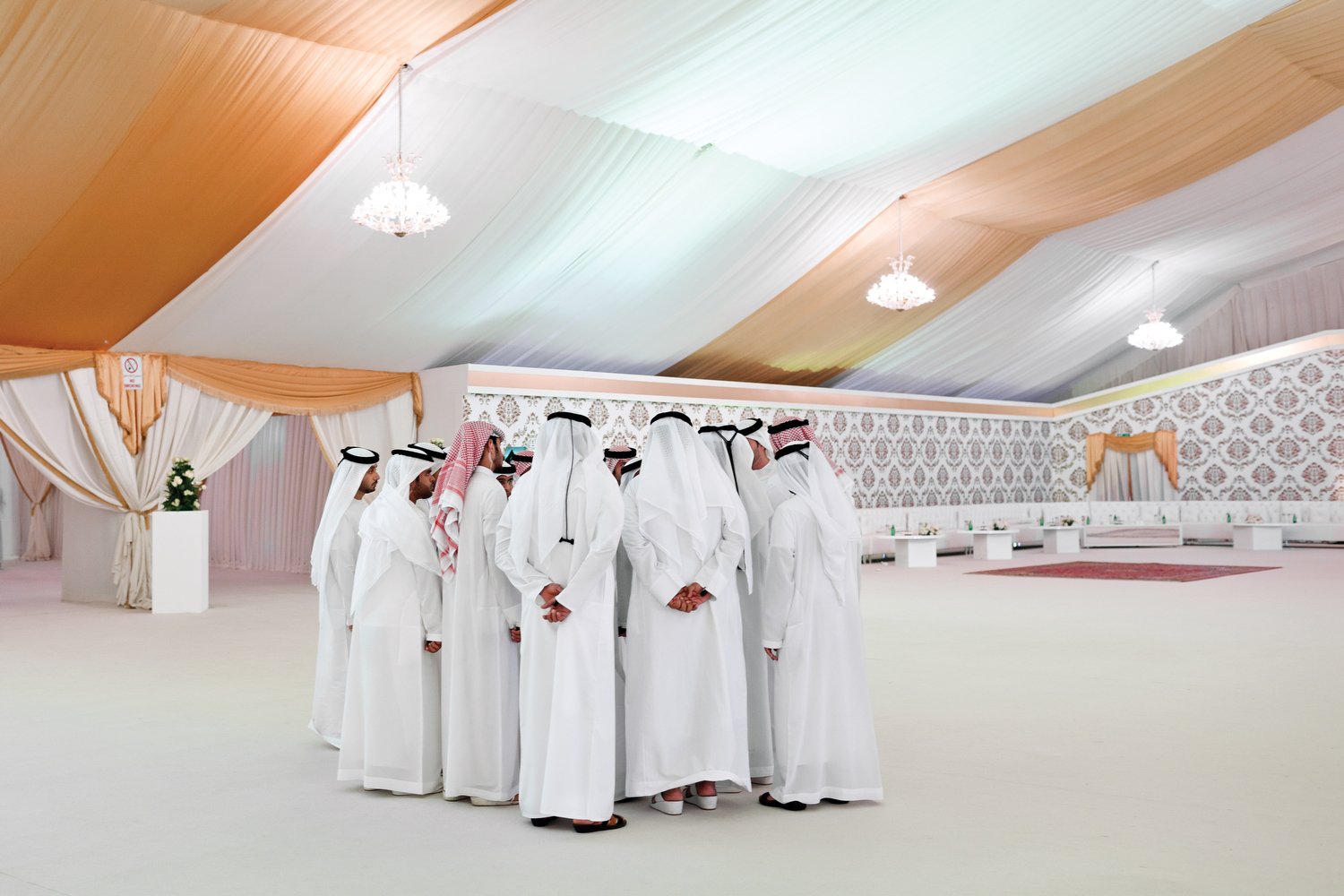
More Must-Reads From TIME
- The 100 Most Influential People of 2024
- The Revolution of Yulia Navalnaya
- 6 Compliments That Land Every Time
- What's the Deal With the Bitcoin Halving?
- If You're Dating Right Now , You're Brave: Column
- The AI That Could Heal a Divided Internet
- Fallout Is a Brilliant Model for the Future of Video Game Adaptations
- Want Weekly Recs on What to Watch, Read, and More? Sign Up for Worth Your Time
Contact us at letters@time.com